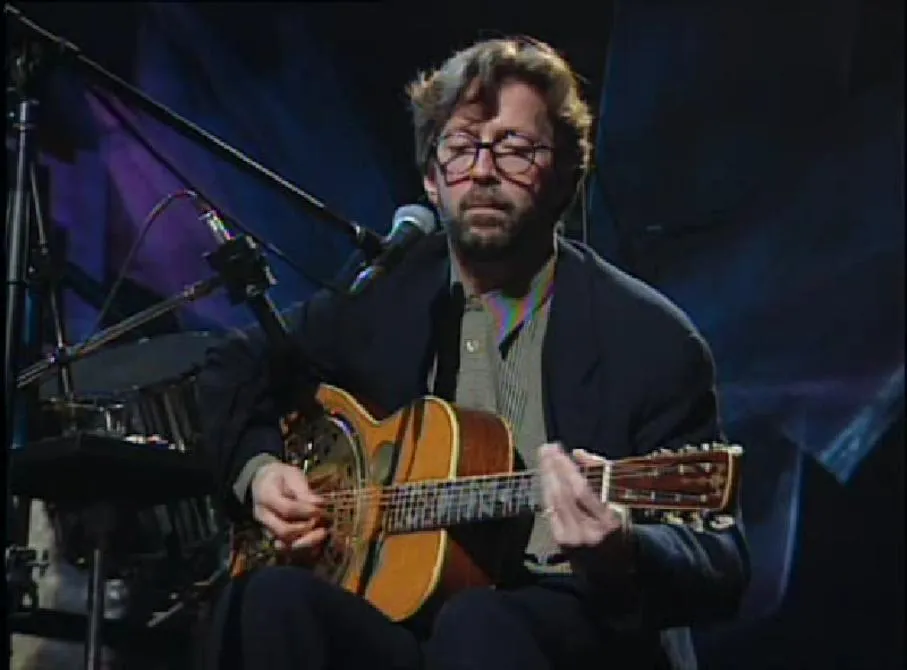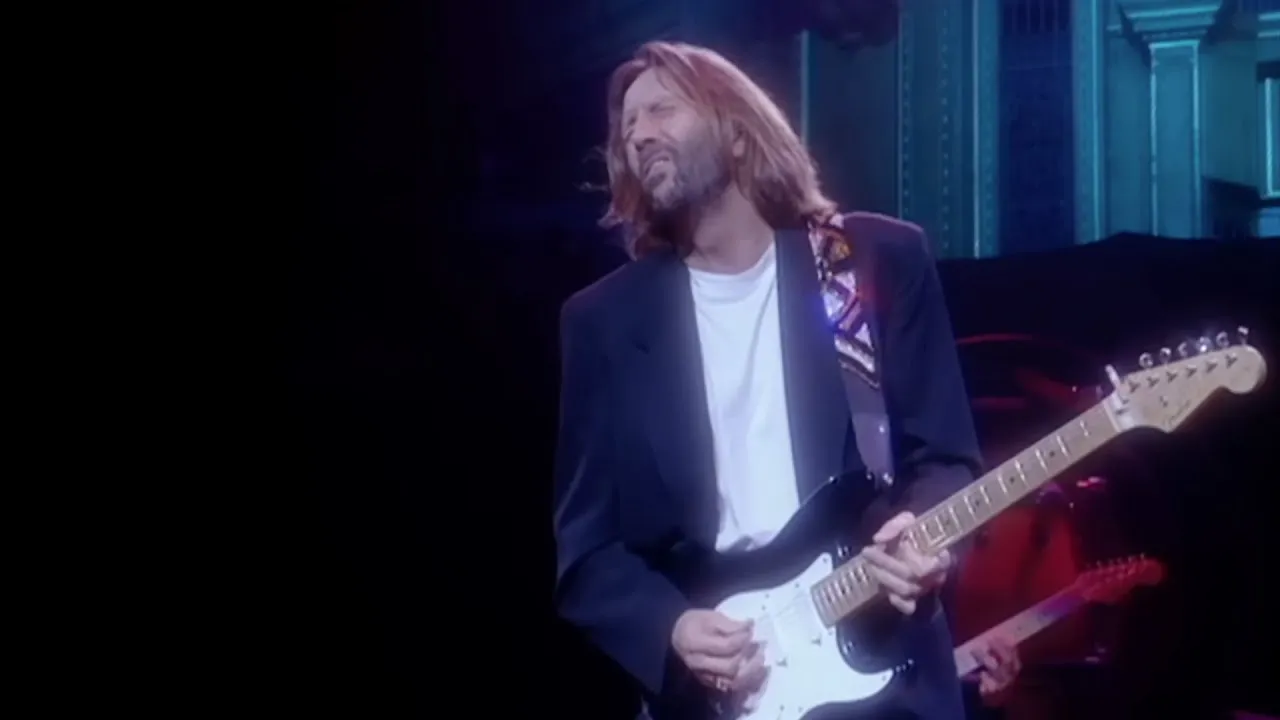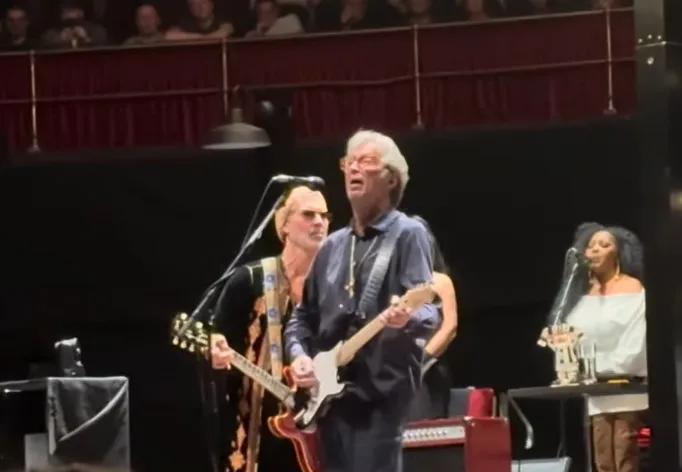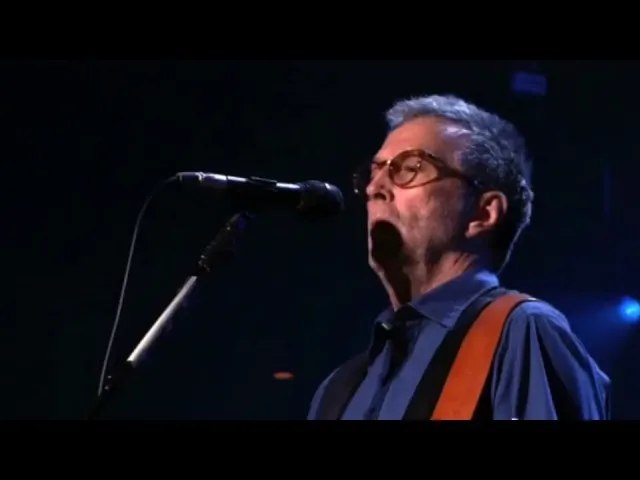About The Song
(Watch the video below)
Eric Clapton, a name synonymous with soulful guitar riffs and legendary blues interpretations, tackled the classic blues tune "Five Long Years" not once, but twice in his illustrious career. While the song itself predates Clapton, his renditions, with The Yardbirds in 1964 and on his solo album "From the Cradle" in 1994, showcase his evolution as a musician and his deep appreciation for the blues.
"Five Long Years" is a deceptively simple song, built on a traditional twelve-bar blues structure. The lyrics paint a picture of heartbreak and betrayal. The narrator, a hardworking man, pours his heart out about dedicating five years of his life to a woman, only to be cast aside. The raw emotion in the lines "You know just what I'm talking about / I worked five long years for one woman / She had the nerve to put me out" resonates with anyone who has experienced the sting of a broken relationship.

Clapton's first encounter with the song came during his stint with The Yardbirds, a British blues rock band that helped launch his career. Their 1964 live album, "Five Live Yardbirds," features a high-octane performance of the tune. Clapton's youthful exuberance shines through in his energetic guitar playing. His solo, fueled by feedback and distortion, is a masterclass in blues rock. The Yardbirds' rendition emphasizes the song's frustration and anger. The driving rhythm section and Clapton's searing guitar create a sense of urgency, mirroring the narrator's burning resentment.
Three decades later, Clapton revisited "Five Long Years" on his critically acclaimed album "From the Cradle," a collection of blues covers. This time around, his approach is more nuanced and melancholic. The song's tempo slows down, allowing the emotional depth of the lyrics to take center stage. Clapton's guitar solo is a masterfully crafted piece of storytelling. Instead of fiery displays of technical prowess, he focuses on creating a sense of longing and despair. The use of slide guitar adds a touch of world-weariness, reflecting the narrator's disillusionment.
The contrasting interpretations of "Five Long Years" highlight Clapton's growth as a musician. The Yardbirds' version captures the youthful angst of heartbreak, while Clapton's solo rendition delves deeper into the emotional scars left behind. Both versions, however, showcase his immense talent and his deep understanding of the blues.

The beauty of "Five Long Years" lies in its universality. The themes of love, loss, and betrayal resonate with listeners across generations and cultures. The song taps into the raw emotions that come with heartbreak, making it a relatable and timeless piece of music.
Beyond the lyrics and vocals, another crucial element of "Five Long Years" is the blues itself. The song is steeped in the tradition of this rich musical genre, characterized by its use of the blues scale, twelve-bar structure, and call-and-response format. Clapton, a blues aficionado, imbues his performance with these elements, paying homage to the song's roots while adding his own signature touch.

"Five Long Years" also serves as a testament to the power of the blues to express complex emotions. Through its simple structure and raw honesty, the song conveys a depth of feeling that transcends language. It's a genre built on storytelling, and "Five Long Years" excels in conveying a relatable narrative through its music.
In conclusion, Eric Clapton's renditions of "Five Long Years" offer a glimpse into his musical journey and his enduring love for the blues. The song's simple yet powerful lyrics, coupled with Clapton's masterful guitar work, create a timeless blues lament that resonates with listeners on a deep emotional level. From the youthful fury of The Yardbirds' version to the melancholic beauty of Clapton's solo performance, "Five Long Years" remains a powerful testament to the enduring legacy of the blues.



